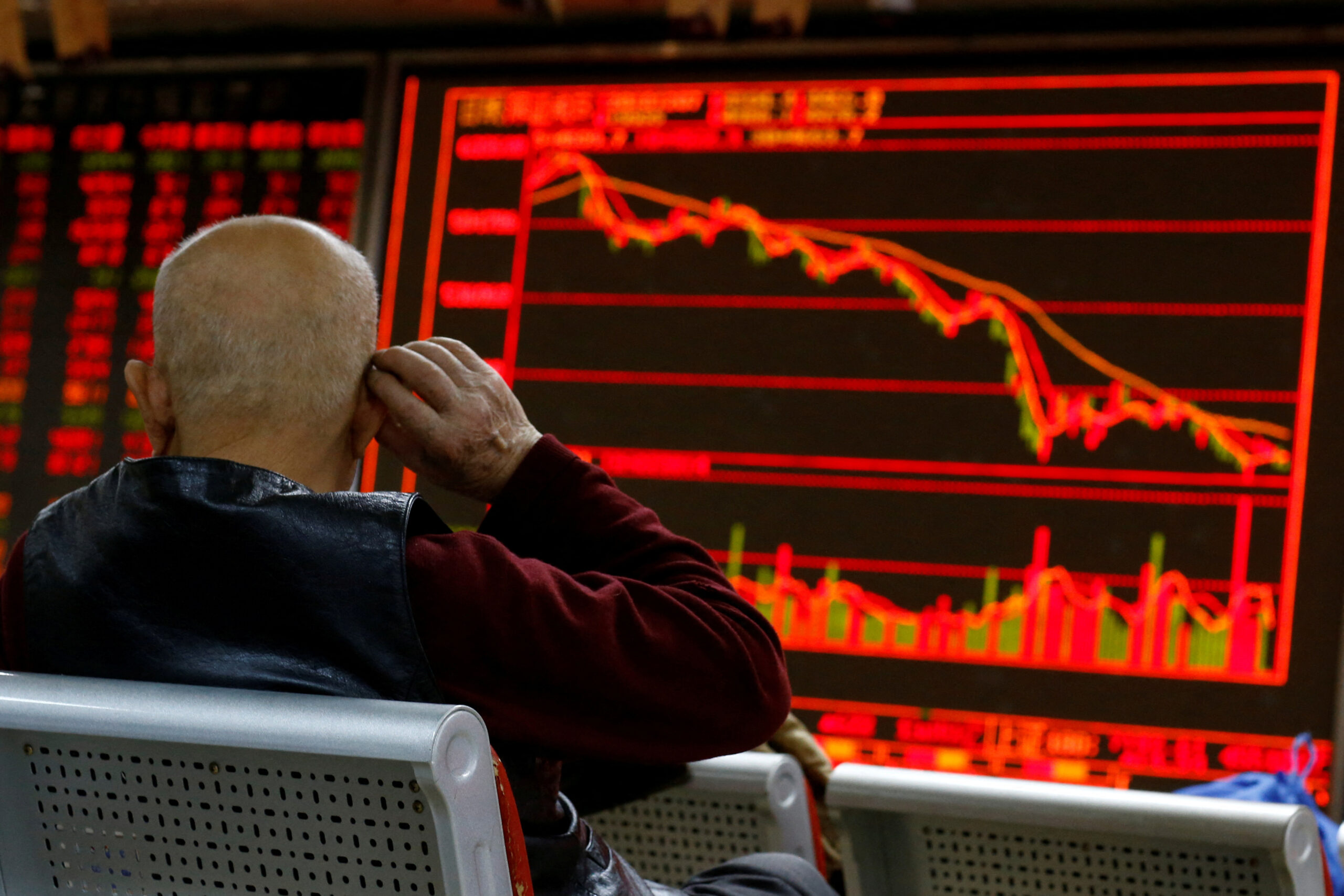
Chinese stimulus policies boosted stock markets across Europe, particularly in sectors more exposed to Chinese consumer demand, such as luxury and automotive stocks. Both the Euro Stoxx 600 and the DAX reached new record highs.
Following the Fed’s rate cut last week, risk-on sentiment continued to buoy global stock markets, bolstered by China’s substantial stimulus measures announced this week.
European markets have been the primary beneficiaries of China’s additional easing policies, with sectors such as luxury and automotive stocks – more exposed to Chinese markets – experiencing a strong rally.
In commodities, metal prices surged, with gold reaching a new high once again, while silver and copper also soared amid optimism surrounding increased demand in China.
In contrast, crude oil dropped to a two-week low after news that OPEC+ would proceed with a planned output hike in December.
Europe
Major benchmarks are set to extend weekly gains, with the Euro Stoxx 600 rising by 0.93%, the DAX climbing by 2.77%, the CAC 40 advancing by 3.22%, and the FTSE 100 increasing by 0.67% over the past five trading days.
Both the Euro Stoxx 600 and DAX reached new highs on Thursday, buoyed by gains in the luxury consumer and automotive sectors, spurred by Chinese policies. Technology stocks also outperformed, mirroring Wall Street’s trend, as US chipmaker Micron raised its revenue forecast.
Over the week, LVMH surged by 11.5%, ASML rose by 5.38%, Hermès jumped by 13.63%, L’Oréal was up by 9.91%, and Siemens AG soared by 7.97%.
Additionally, strong metal prices boosted mining stocks, with Rio Tinto up by 11.28%, Glencore rising by 8.10%, and Anglo American jumping by 11.70% during the same period.
Conversely, energy stocks underperformed due to falling oil prices, with Shell down by 6.45%, BP slumping by 7.49%, and TotalEnergies falling by 4.37% over the five-day trading period.
Commerzbank shares surged to a fresh 12-year high after Italian lender UniCredit increased its stake to 21% on Monday, following the acquisition of a 9% holding the previous week.
A potential full takeover may become unavoidable, given this substantial shareholding, with the German government holding 12%.
On the economic front, eurozone business activity in both the manufacturing and services sectors contracted sharply in September, according to flash data from S&P Global.
The weak readings have heightened expectations that the European Central Bank will accelerate rate cuts.
Wall Street
US stock markets are likely to end the week higher as the Fed’s rate cuts continue to support the market rally.
Over the past five trading days, the Dow Jones Industrial Average rose by 0.27%, the S&P 500 climbed by 0.75%, and the Nasdaq Composite advanced by 1.35%.
At a sector level, six out of eleven sectors posted weekly gains, with materials leading the way, up by 3.04%, driven by surging metal prices.
Technology and consumer discretionary sectors also outperformed, rising by 2.4% and 4.61%, respectively. In contrast, the energy sector slumped by 3.48% due to a sharp decline in oil prices.
The semiconductor sector regained momentum as Micron’s positive guidance boosted its share price by 13% on Thursday, lifting other chipmakers, with both Nvidia and AMD rising more than 7% for the week.
The US manufacturing PMI contracted for the third consecutive month in September, according to S&P Global, alongside a sharp drop in consumer confidence, indicating a gloomy economic outlook.
However, the country’s GDP growth was confirmed at 3% for the second quarter, and employment data showed positive signs. Nevertheless, markets continue to price in deeper rate cuts by the Fed.
Asia Pacific
Chinese stock markets surged following the Chinese central bank’s easing measures.
Chinese benchmarks, including the Hang Seng Index, China A50, and the three mainland averages, all soared by more than 10% compared to last week.
The People’s Bank of China (PBOC) announced a 0.5% cut to the Reserve Requirement Ratio and reduced rates on short-term lending facilities.
It also gave financial institutions the green light to buy stocks using central bank borrowings. In addition, the PBOC unveiled measures to boost the property market.
Meanwhile, Japan’s Nikkei 225 Index rose by more than 4% as the Japanese yen weakened against the dollar following the Bank of Japan’s dovish stance last week.
In contrast, the Australian market underperformed the global trend, with the ASX 200 lagging due to the Reserve Bank of Australia’s hawkish stance.
The central bank kept the cash rate unchanged at 4.35% and reiterated its restrictive monetary policy to curb inflation. The country’s consumer price index rose by 2.7% in August, remaining above the target level of 2%.


